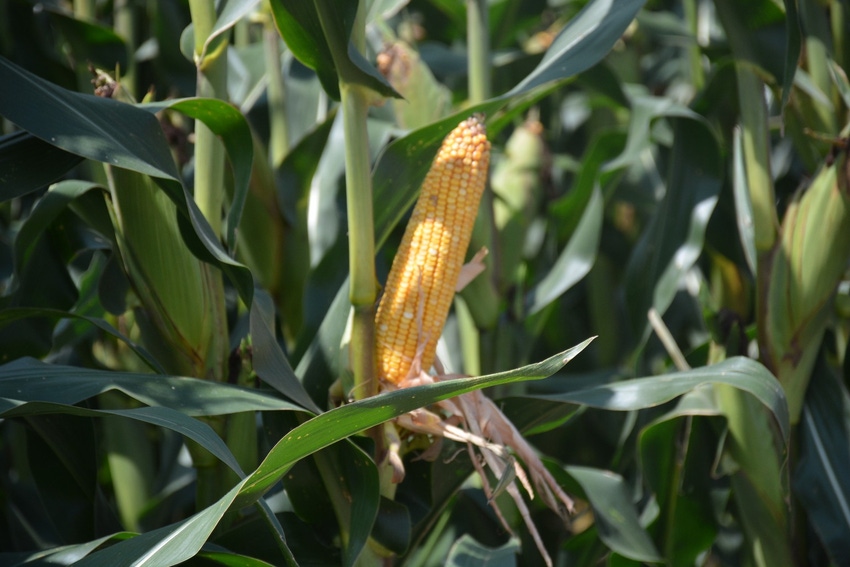
Nitrogen fertilizer is not only one of the costliest inputs for corn production in Virginia, it is also one of the most difficult to manage due to the dynamic nature of the nutrient in soils.
“It’s directly related to yield in that we typically prescribe nitrogen rates based on a yield goal. At the end of the year, if we knew what the answer was going to be, it is relatively simple to prescribe the right rate, but we never know what the final yield is going to be so we usually base our corn nitrogen rates on a yield goal,” says Wade Thomason, Virginia Tech Extension corn and small grains specialist.
“Our rule of thumb is one pound of nitrogen per bushel of yield potential, so a 150-bushel corn crop we would say needs 150 pounds of nitrogen,” Thomason said in an Extension video produced as a replacement for the cancelled Virginia Ag Expo.
“We’ve known for many, many years that biological activity can predict nitrogen mineralization potential from soils. We’ve never been able to harness that as much as we should have been able to though because what we are measuring is potential rather than actual,” Thomason explained.
Virginia Tech has conducted research across 22 different sties over the past 10 or 12 years examining the optimum nitrogen rate. “If you average what would have been the right thing to do over all of those 22 sites, the average number is 1.01 pounds of nitrogen per bushel. Which on average sounds really good. The problem is that’s a fairly poor way to manage any individual field in any individual year,” Thomason said.
In the last two years of research, Thomason and his team have applied various rates of nitrogen at side-dress, evaluating various sampling dates and soil depths, in order to create that relationship between soil test biological activity, carbon dioxide evolution, microbial activity and final nitrogen need.
Thomason and his team conducted four studies in corn last year and four studies this year. “I suspect after the second year we will have some nice preliminary numbers to begin to think about modifying our recommendations and then the next step will be in year number three we will take the samples ahead of time and we will prescribe that rate,” Thomason said.
“Right now, were doing calibration. Next year we’ll do validation and the year after that, if we have positive results, we’ll try to figure out a way to incorporate that into our recommendations. And the next step of course will be to put it within the standards and criteria for nutrient management here in the state of Virginia,” Thomason said.
About the Author(s)
You May Also Like






